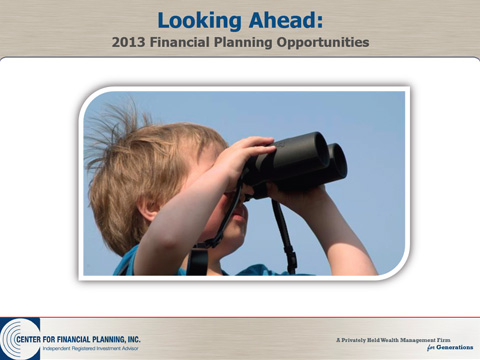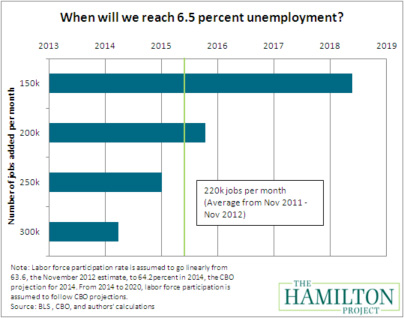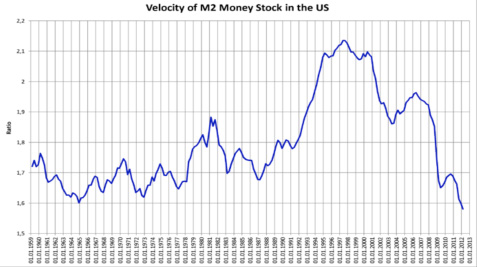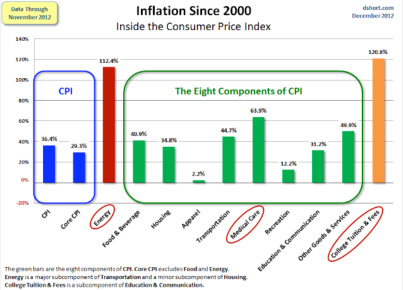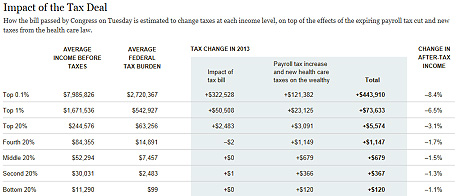
 You could call it a rite of passage … one about which you have little choice. Taking a Required Minimum Distribution from your traditional IRA can’t be sidestepped or avoided without federal tax penalty. The IRS keeps a watchful eye on distributions and navigating through the ins and outs is a must for all retirees who reach the magic age of 70 ½. To complicate matters, SEP IRAs and SIMPLE IRAs are also subject to the same RMD rules. On the flip side, Roth IRAs are an exception as no distributions are required during your lifetime.
You could call it a rite of passage … one about which you have little choice. Taking a Required Minimum Distribution from your traditional IRA can’t be sidestepped or avoided without federal tax penalty. The IRS keeps a watchful eye on distributions and navigating through the ins and outs is a must for all retirees who reach the magic age of 70 ½. To complicate matters, SEP IRAs and SIMPLE IRAs are also subject to the same RMD rules. On the flip side, Roth IRAs are an exception as no distributions are required during your lifetime.
What is a Required Minimum Distribution(RMD)?
- A specific minimum dollar amount that must be withdrawn every year after age 70 ½. This number will change every year as account values change and life expectancy factors change. RMDs are calculated by dividing your traditional IRA or retirement plan account balance (as of December 31 of the year prior to the calendar year during which the distribution must be made) by a life expectancy factor specified in IRS tables.
- You can always withdraw MORE, but if you withdraw LESS you will be subject to federal penalty.
- RMD rules are designed to spread out IRA account distributions over your lifetime.
Here’s the question I get asked most about RMD’s: “When must it be taken?”
The short answer is the year you reach age 70 ½. However, questions usually pop up because the RMD can be taken during the year you reach 70 ½ OR you can delay it until April 1st of the following year.
For example:
- Your 70th birthday is December 2, 2012, so you will reach 70 ½ in June of 2013.
- You can take your first RMD during 2013, or you can delay it until April 1, 2014.
- If you choose to delay until 2014, you will have to take two distributions during 2014 – one for 2013 and one for 2014.
From a financial planning perspective, you might delay taking your first distribution if you expect to be in a lower income tax bracket in the following year, perhaps because you’re no longer working or will have less income from other sources. On the other hand, receiving your first and second RMDs in the same year will increase income and could possibly push you into a higher federal income tax bracket for that year. So the decision about whether to delay your first required distribution can be important, and should be based on your personal tax situation.
This post contains general information meant to raise awareness of the importance of taking Required Minimum Distributions even if you don’t need or want the income. Since RMD rules are very specific and IRS penalties punitive, my advice is to talk with your financial advisor or tax preparer to ensure you are meeting the annual distribution requirement.

